One of the many wonderful things about spring is that nobody can start it or stop it. That’s why the earliest signs are always the most eloquent. Here’s a glimpse of the past few days, in more or less chronological order:
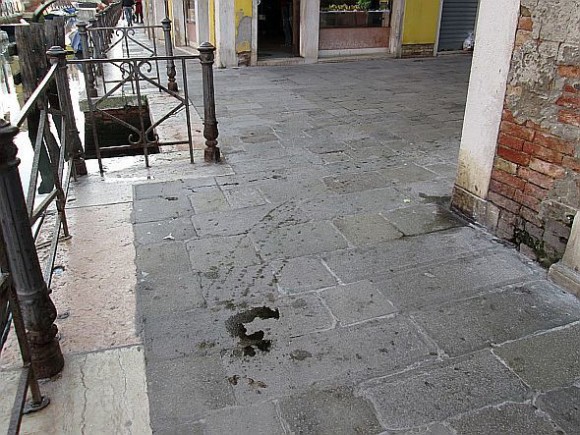

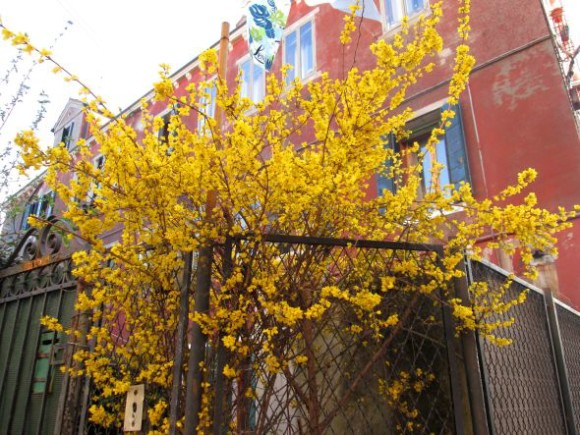
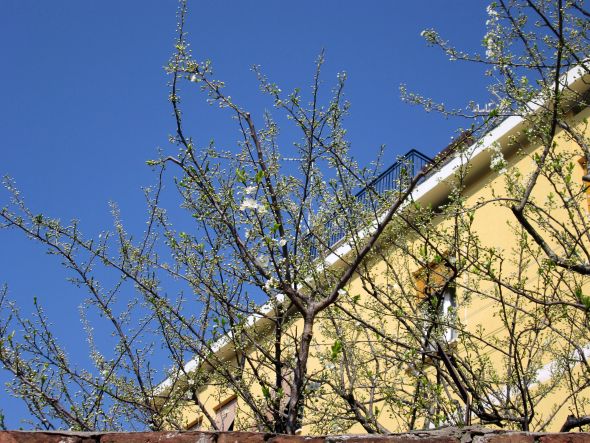
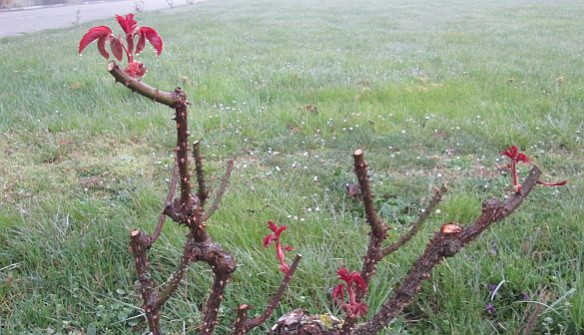

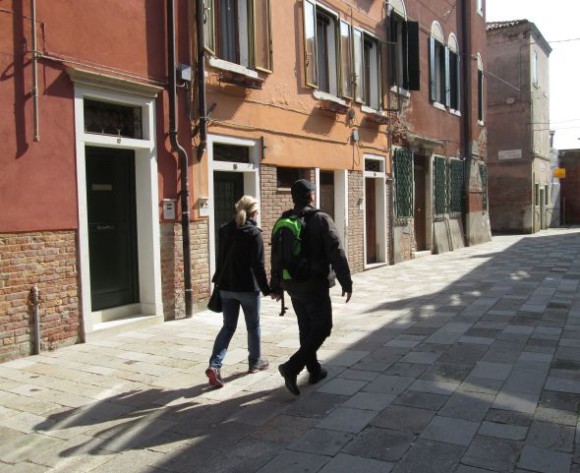
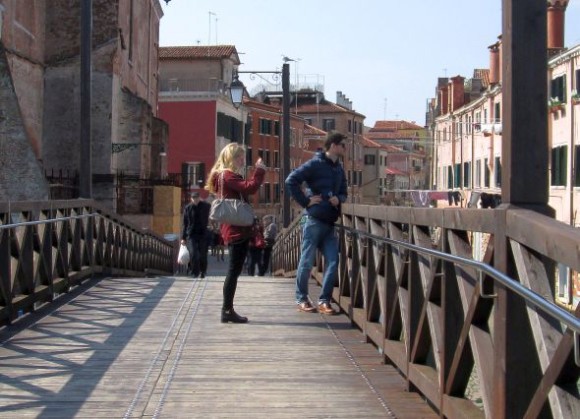
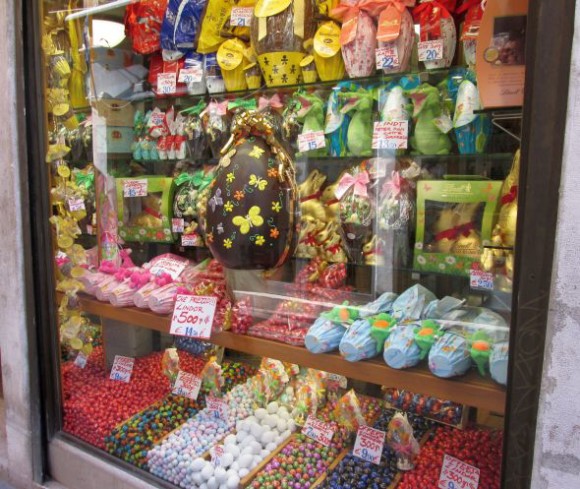
One of the many wonderful things about spring is that nobody can start it or stop it. That’s why the earliest signs are always the most eloquent. Here’s a glimpse of the past few days, in more or less chronological order:









Seasonal migrations (is that redundant? Sorry) are an excellent way to keep track of the year’s divisions, especially here, where you need a keen eye to discern that there is anything more than one season anymore, which is Tourists.
But at this moment, if you’re paying attention (and if you know, and if you care) you can detect a few important signs of autumn. I don’t mean the drying, yellowing, falling leaves — anybody can notice them, and besides, the drought began drying them before their normal time to drop. So leaves are out.
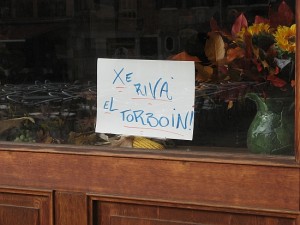
Ducks are also useful heralds of the season — I saw my first one paddling around two weeks ago, This always makes me happy, except that I had seen my first duck hunter even earlier: The ducks began hitting the water on September 3. So much for enjoying their winter haven.
Seppioline — sepoine (seh-poh-EE-neh) in Venetian — are baby seppie, or cuttlefish. If “baby” anything on your plate upsets you, skip this paragraph. We are now in the period of the fraima, which is the annual passage of the fish which have spent all summer fooling around in the lagoon moving out into the Adriatic (or beyond) for the winter. The cuttlefish spawned months ago, and their small offspring are now in the process of making their first trip out into the world where they will become big, grown-up cuttlefish. Unless they get snagged before they reach the exit, in which case they will be sold at an outrageous price (there I go, being redundant again), grilled and eaten. Short migration.
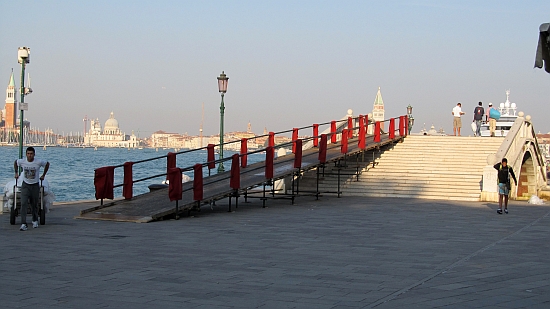
But the ramps are back. I saw my first one two days ago and it was like hearing a small, clear trumpet announcing autumn, winter, and early spring. The ramps are set up for the Venice Marathon (this year scheduled for October 23), and they stay up till the end of March. That’s practically half the year. Then they migrate back to hibernate in whatever warehouse keeps them till next October.
They’re only installed on the race route — logically — which conveniently passes the Piazza San Marco and other heavily traveled tourist routes. I bet the people up in Cannaregio and along the northern edge of the city really envy us. I know they don’t envy us the tourists, but we get the ramps.
For much of the year, you will almost certainly see people fishing right under the lee of the most beautiful city in the world. From Sant’ Elena to San Marco, plus other assorted spots along or in the lagoon, they’re out with a couple of poles and a whole batch of free time. Just now there are more than usual because we are in the period of the fraima [frah-EE-ma], when most of the fish are heading out to sea.
Depending on the time of year — obviously — these tenacious anglers might be hoping for seppie, or gilthead or sea bass or even grey mullet. Or whatever The Supreme Fish Deity decides to send swimming past their hooks, old boots and lost gloves excluded.
You can also expect to see people out in their boats, anchored where the tide is going to give them the biggest assist. Sometimes this perfect fishing spot will be just about in the center of the trajectory of cruise ships or large ferries heading to or from Greece. The captains blow their klaxons in a huffy sort of way. The fishermen are all deaf.
The subject of fish and the lagoon is one that I’m going to expand on some other time — probably many times. Meanwhile, though, I just want to alert you to the fact that there is a dedicated chunk of the male population — they’re always men, though sometimes the guys in the boats bring their wives, if the weather’s nice — who see the lagoon as a place where they might find something delectable to eat, or at least find some of their friends.
By “friends” I mean people they know. Fishermen have no friends; even if a person they’ve known since childhood, maybe even a relative, asks how’s the fishing, they’ll never say it’s good. They get all vague and crafty. Or if he’s obviously lugging home a miraculous catch, he’ll never say where he was. This is true everywhere on earth, and no less so here.
Two of my best moments so far involving fishing (as opposed to fish itself) relate to how Lino sees it. Briefly put, he doesn’t believe that anyone born after about 1960 — my ballpark date — knows anything about the lagoon or its inhabitants. I’m thinking he’s probably right.
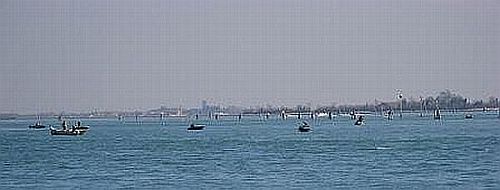
An example: We passed a young man one late summer night on the Lido — it was dark, but not terribly late — standing with his pole on the vaporetto dock, staring into the water, waiting. “He’s never going to catch anything,” Lino stated without even pausing. Why is that? “Because he’s trying to catch seppie, and that’s the wrong kind of gear. Also, the tide is going out. And they’re not in season right now.”
Second example: We have secretly adopted a man who spends a noticeable portion of his day at the vaporetto dock by the Giardini. The first time I noticed him, I was getting off the boat, and Lino was standing there a few discreet steps behind him, watching. They were both, in their own ways, engrossed.
“What’s he catching?” I asked in a whisper.
“Nothing,” Lino replied as we walked away. “He’s giving donations (opera di beneficienza, or charity).” Excuse me?
“He’s been there for hours, rolling little balls of a grated cheese/breadcrumb mash, putting them on his hook and then waiting for his pole to twitch. After a little while he pulls it up, and the hook is empty. Even in an aquarium, fish don’t get fed this much.”
So what’s going wrong? Well, first of all, the guy is attaching the bait in such a way that it comes loose a few seconds after it goes under. The foodball just floats away, probably into the mouth of a big smiling fish. The man is up there imagining his hook as an enormous fatal concealed weapon, and the fish are seeing it as a fabulous food delivery system which requires no effort whatsoever on their part. They’re just down there floating around with their jaws open, saying “God, I haven’t eaten this much since Vernon’s bar mitzvah.”
The second thing that’s going wrong is that the guy hasn’t figured out any of this. He just keeps doing it. Lino can’t believe anybody over the age of two could be so persistent — so hopeful, so convinced — at something so futile. But the evidence is before us.
I look at it this way: The man is happy. The wife is happy because he’s out there and not sitting around the house or the bar. And of course the fish are happy. Happy fish, that’s what we want. Happy and bloated.
